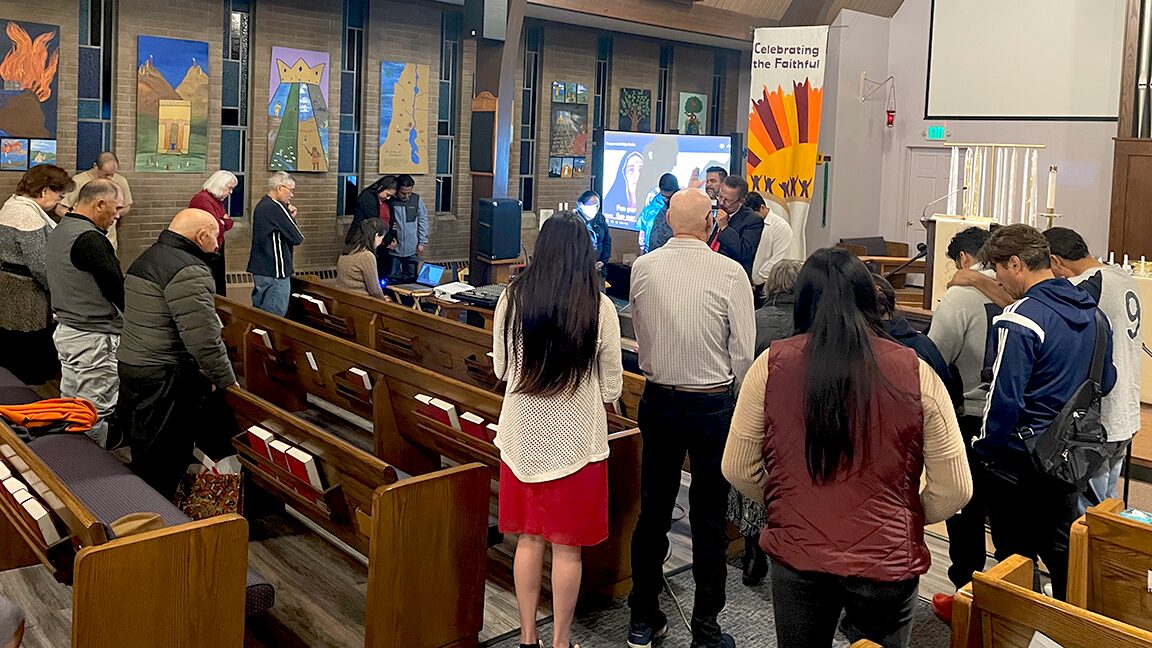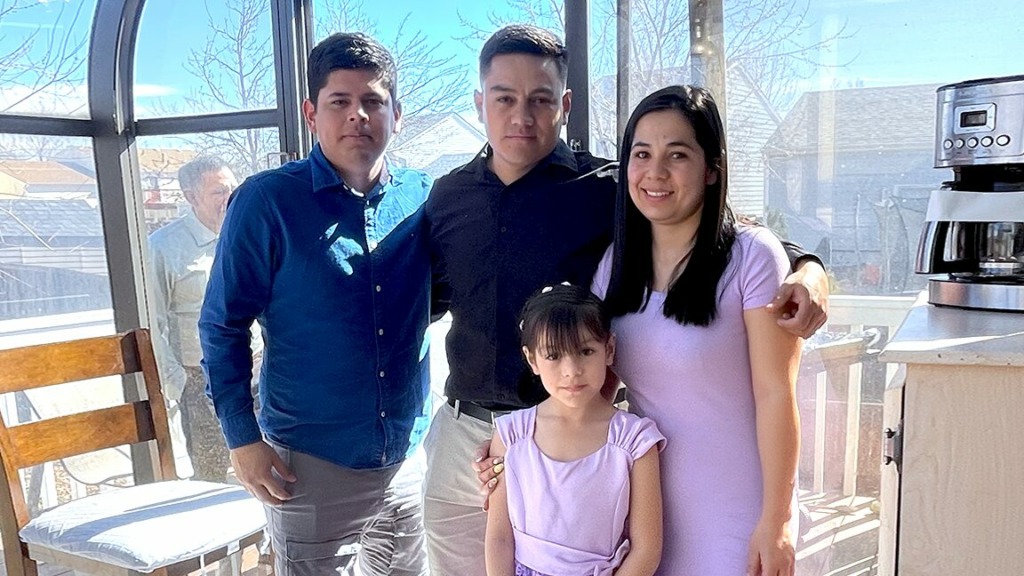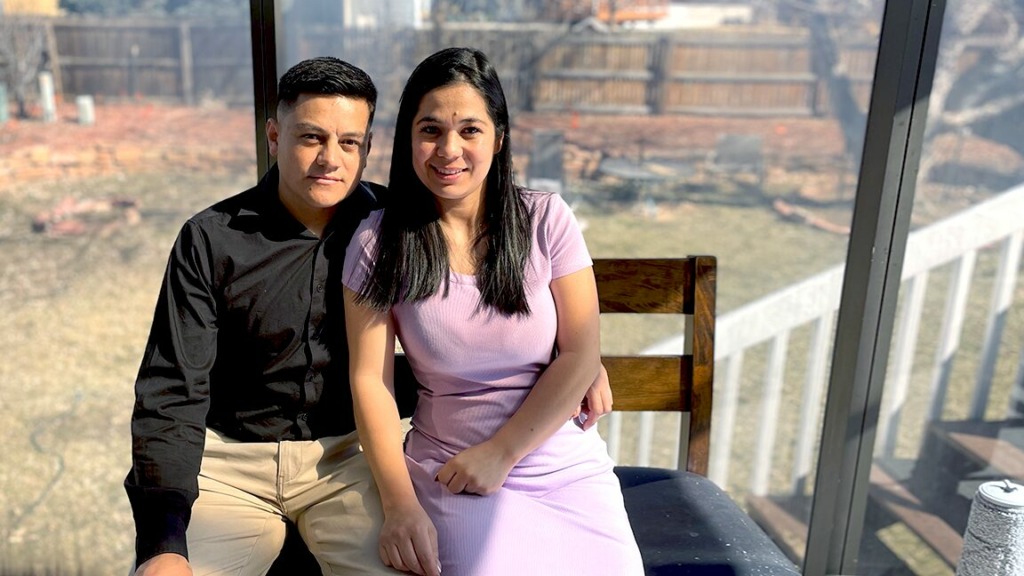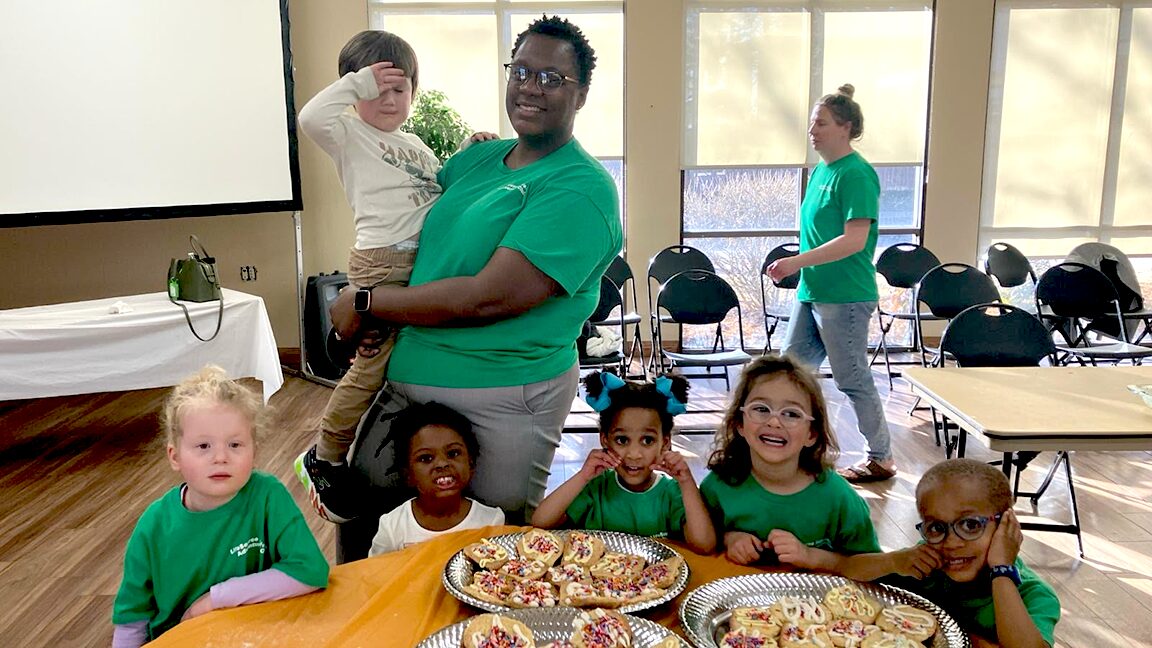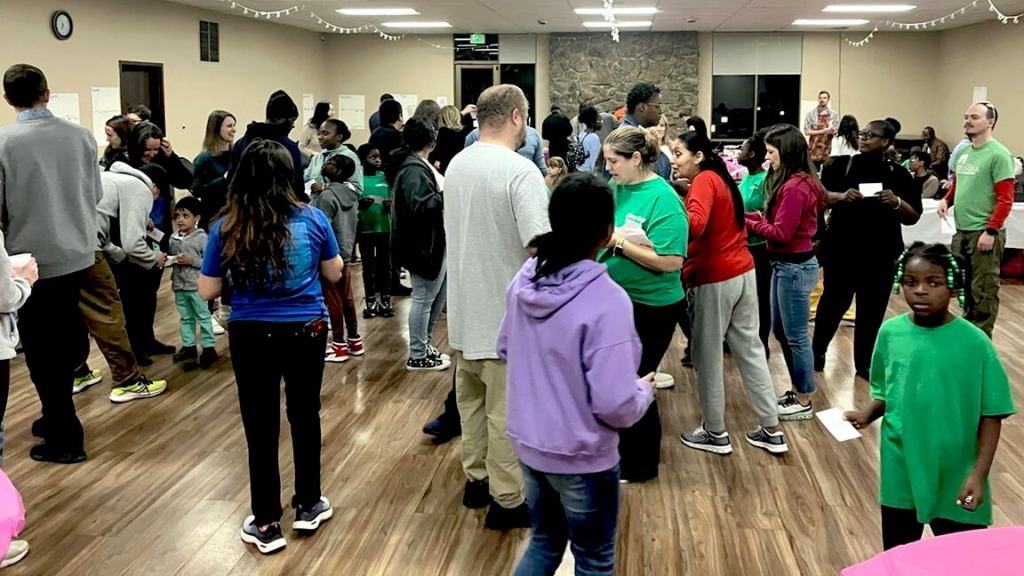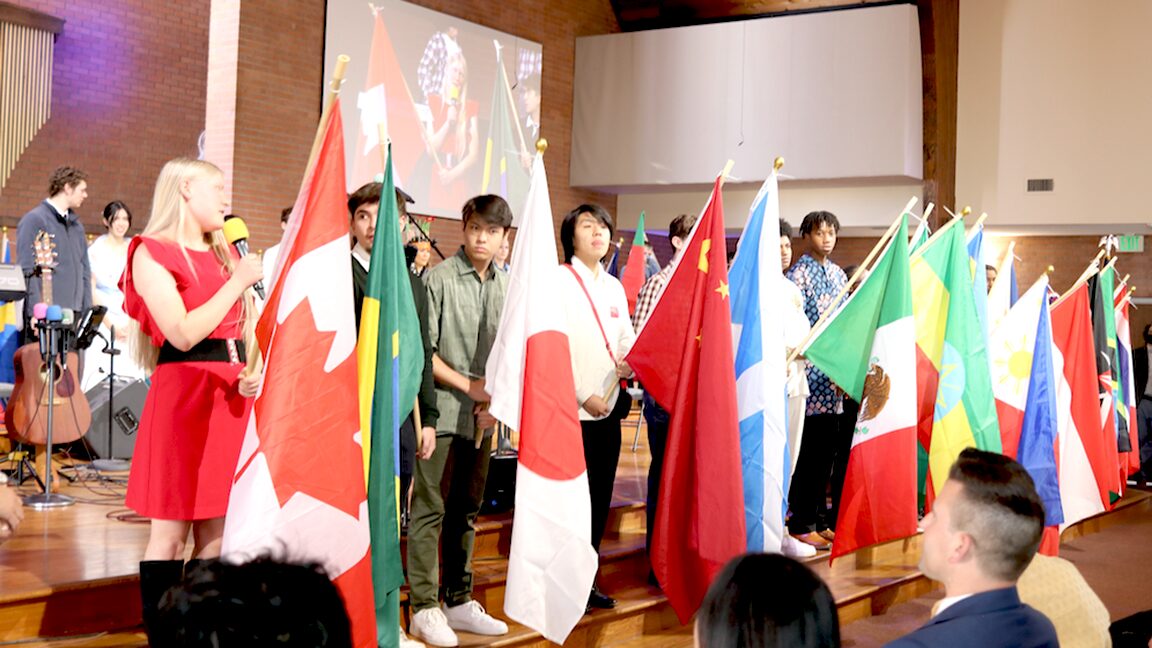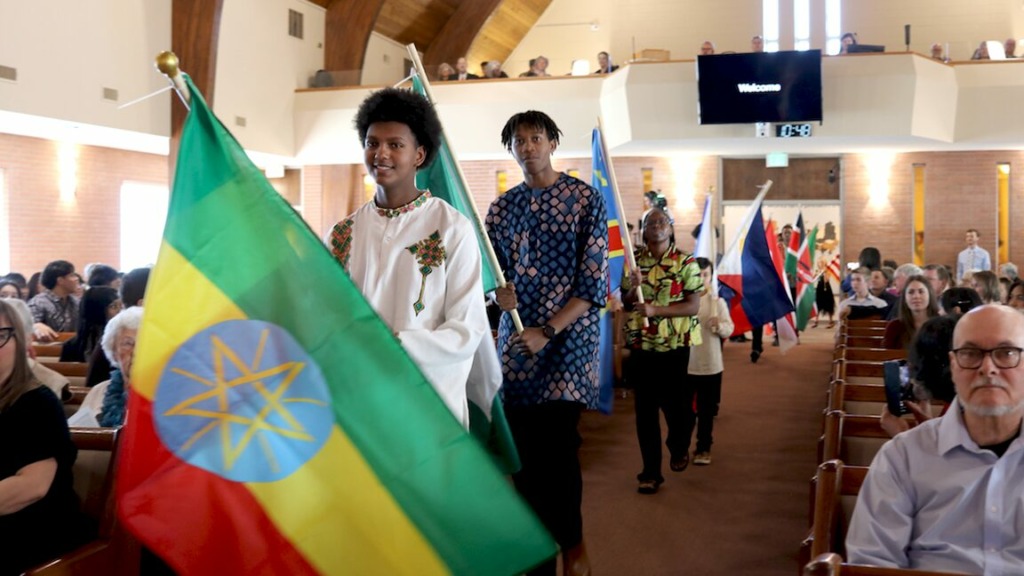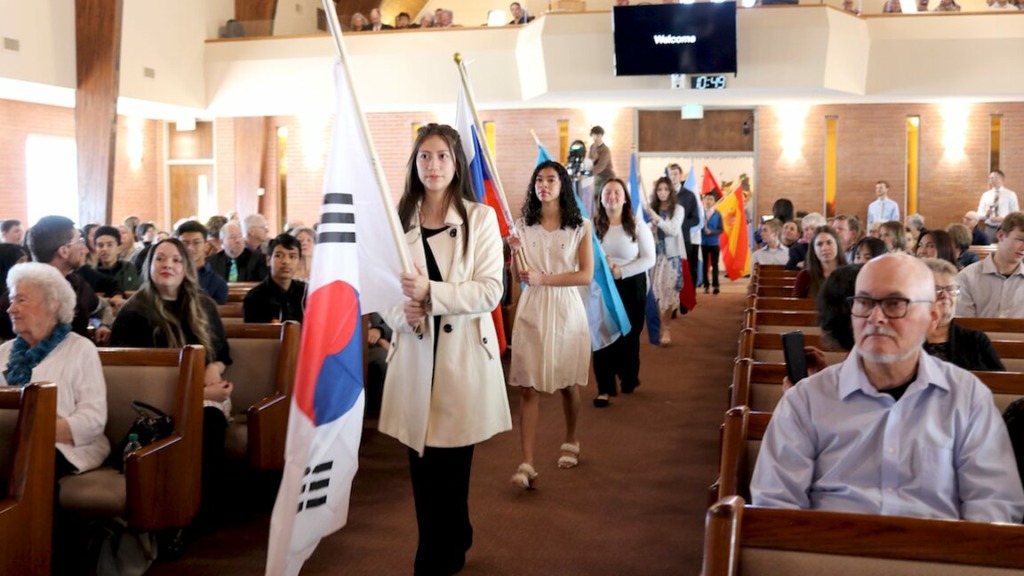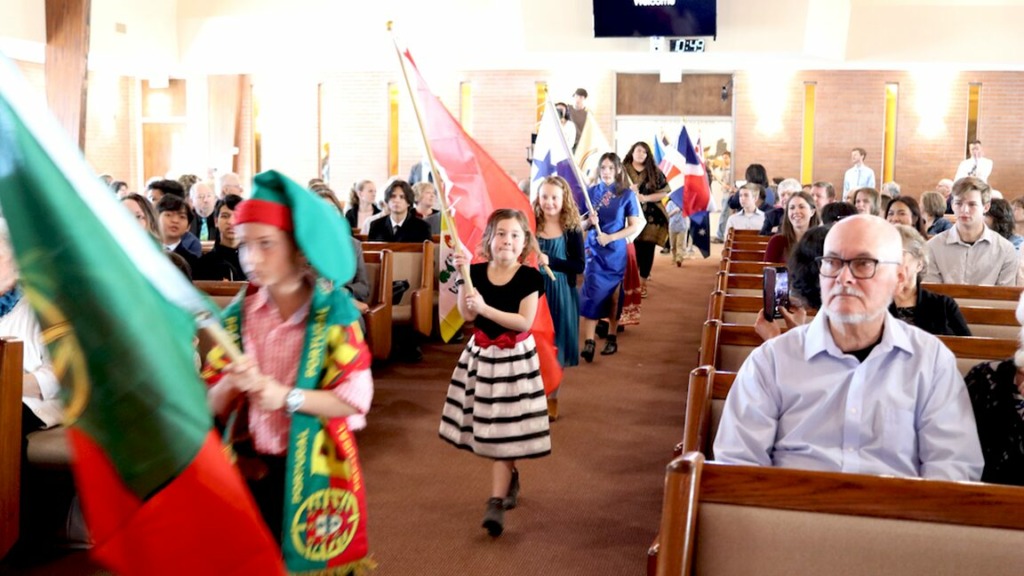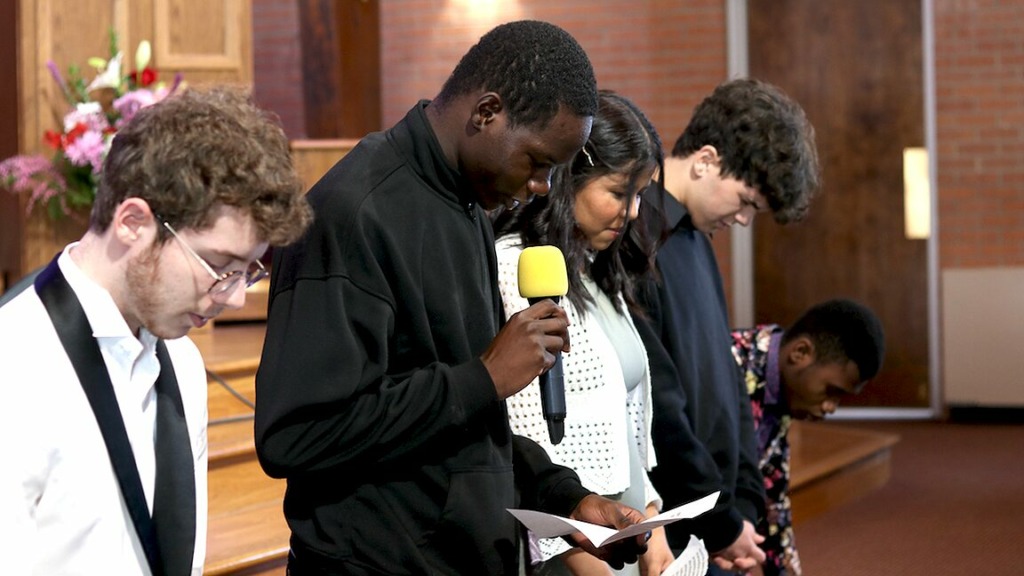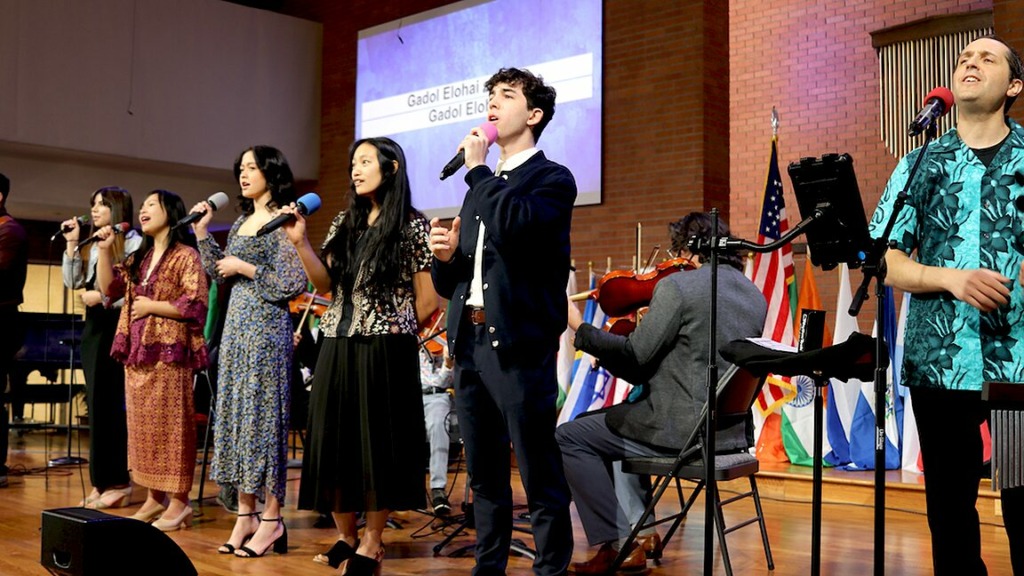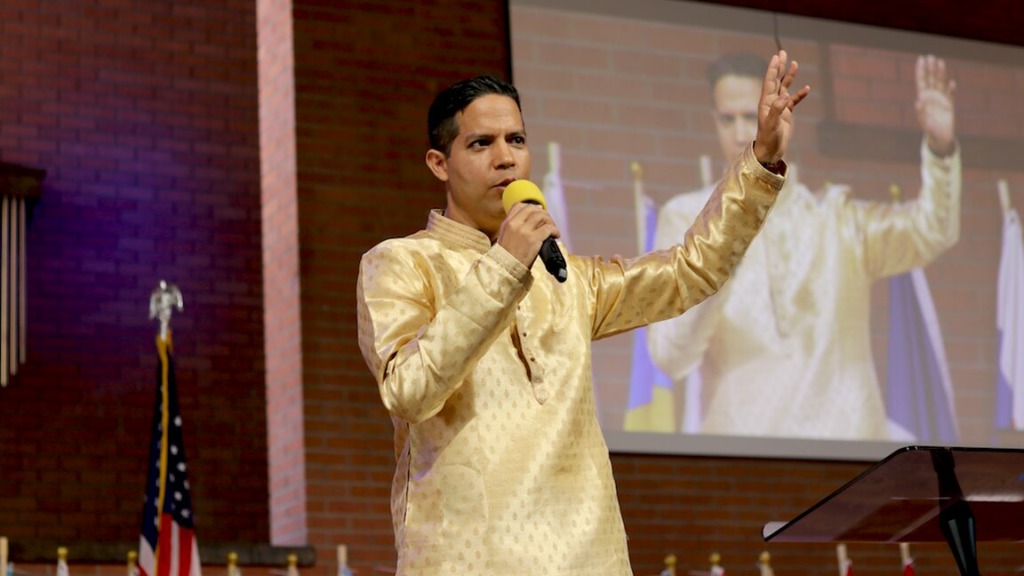As a general rule—and as something of a language purist, as should be part of the job description for a book editor and proof-reader—I am not a fan of excessive verbification. But, as a writer and someone who enjoys working with words, I can appreciate the opportunities that creatively adapting language can offer. When we make a word that has only previously been used as a noun into a verb—for example, instead of “having an impact,” something might “impact” us—we cause language purists to shudder, but we also have a new way of talking and thinking about how an idea is put into action and affects us and others.
An unusual example of this recently caught my attention in a new translation of the New Testament. I began reading it after hearing scholar Scot McKnight talking about his work on the project, describing the literal-but-sometimes awkward and intentionally alternative nature of his translation choices as a way to help us read the text afresh and to ask new questions of it.1 That seemed a worthwhile way of approaching well-loved and well-known Bible passages—and I have enjoyed beginning to re-read the gospels with some interesting variations of language and expressions.
So far, the verse that has most sparked my imagination and my thinking about faith is Matthew 11:5. It is the list of evidence Jesus gave to the disciple of John the Baptist—or “Yōannēs the Dipper” as McKnight labels him—in response to John questioning whether Jesus was actually the Messiah, as John had previously proclaimed. Jesus’ reply and explanation included various kinds of healing, helping and making whole, and the usual form of the final phrase is expressed as something like “… and the Good News is being preached to the poor.” 2
The alternative translation that has prompted my reflections goes like this: “The beggars are gospeled.” 3 Suddenly we have an invitation to engage the gospel as a transformative act or actions and a calling to enact it in our time and place, in the name of Jesus.
We often hear people talking about a biblical or Christian worldview(s). Often this is employed to argue a particular position, rather than acknowledging the variety of perspectives that we can find even within the biblical text itself. The assumption is that this is a lens through which we are to see and experience our lives and the world around us, and that this should shape our approach to various personal, social, and political issues. But the language of worldview sometimes seems weak in comparison to the realities, claims, and calling of the Christian story.
Yes, Christianity is a worldview. It is a way of seeing the world around us, of understanding something particular about history and stories, and of measuring and making choices in our lives. It is a framework for thinking and believing. It is a message to be preached and proclaimed.
But Christian faith is not merely a worldview, a philosophy, or even a theology. It must never be left as a collection of ideas or even a comprehensive interpretative paradigm. It is not primarily a case to be made or an argument to be won. Christian faith only later became a collection of doctrines, and these are only useful as far as they attempt to explain and point us toward larger truths, movements, and actions.
Anchored in the historical realities of Jesus and His teaching, following Him tells a big story that connects all of us back to Him and a Way of being and living in the world.
While preachers and churches often hark back to the earliest days of the followers of Jesus as a model for the church, this seems to be something that is often skipped over. The sermons recorded in the book of Acts often sound little like much of our preaching today. The apostles’ first sermons focussed instead on the reality and significance of Jesus, particularly His death and resurrection, but also called hearers who might accept these claims made by and about Jesus to follow the Way.
Of course, Jesus used this language to describe Himself: I am the way, the truth, and the life. No-one can come to the Father except through me (John 14:6). But it seems this description also became a preferred self-identification among the early believers, describing themselves as “followers of the Way” (see Acts 18:25; 19:9; 22:4; 24:14, 22) more often than they called themselves Christians (see Acts 11:26). It was also used by those who would persecute them, with Saul (before he became Paul) carrying letters seeking the assistance of the leaders in Damascus for the arrest of any followers of the Way he found there (Acts 9:2) as he set off on his momentous journey to that city.
As such, the Way is far more than a worldview: “Practicing the Way of Jesus is less like learning quantum physics and more like learning aikido. It’s something you do with your whole body. Love isn’t an intellectual theory; it’s an embodied way of being.” 4 The Way is first Jesus Himself—as He claimed—but then also the orientation and activation of the whole substance of being and the sum of our lives, in whatever we do.
This was how Jesus summarized “the whole Code and the prophets” in response to a question about the greatest commandment—as translated by McKnight: “You will love the Lord, your God, in your whole heart and in your whole self and in your whole intelligence … . The second is comparable: You will love your neighbour as yourself” (Matthew 22:37, 39).5 With heart, body, and mind directed and active in love towards God and others, this is so much more than a worldview.
As whole-hearted, whole-selved, whole-intelligence followers of the Way, the verbified gospel begins to make sense—whatever we might think of the linguistic aberration or awkwardness. Jesus reported that, in His ministry, “the beggars are gospeled.” As those commissioned to continue His ministry in our time and place, what might “the beggars are gospeled” look like here and now? What might it mean to “gospel” our families, our communities, and our world?
The context of Jesus’ ministry and teaching does not allow this to be merely preaching or even friendly sharing. We are not trying to convince others of our worldview, so much as we are seeking to change their realities. This demands practical, wholistic, and often-radical transformation of the lives and circumstances of others, particularly working with those most in need, most marginalized, and most vulnerable.
Rather than defining, assuming, or championing a particular worldview, let’s set about verbifying our faith and activating the gospel. As we care and love, listen and serve, we are gospeling. That is a way of seeing, engaging, and understanding the world around us that not only makes the most sense and the strongest arguments for the truths we claim, but also that makes the most difference and will matter the most to those around us.
Seeking to be a Jesus purist is more important than being a language purist, so may the gospel be verbified and enacted all the more—and may the poor and all in our communities be gospeled. As Jesus did. As Jesus does.
Nathan Brown is a writer and editor at Signs Publishing in Warburton, Victoria, Australia. Nathan recently launched Thinking Faith, a collection of his articles in Mountain Viewsover the past few years, as well as being co-editor of A House on Fire: How Adventist Faith Responds to Race and Racism. Email him at: [email protected]
1 Vischer, Phil. (2024, January 10). “599: Paganism Returns & a New New Testament.” Holy Post. https://www.holypost.com/post/599-paganism-returns-a-new-new-testament-with-scot-mcknigh
2 Unless otherwise indicated, Bible verses are from the New Living Translation.
3 McKnight, Scot. (2024). The Second Testament. InterVarsity Press. Kindle Edition (p. 14).
4 Comer, John Mark. (2024). Practicing the Way. SPCK (p. 86).
5 McKnight, Scot. (2024). The Second Testament. InterVarsity Press. Kindle Edition (p. 28).

